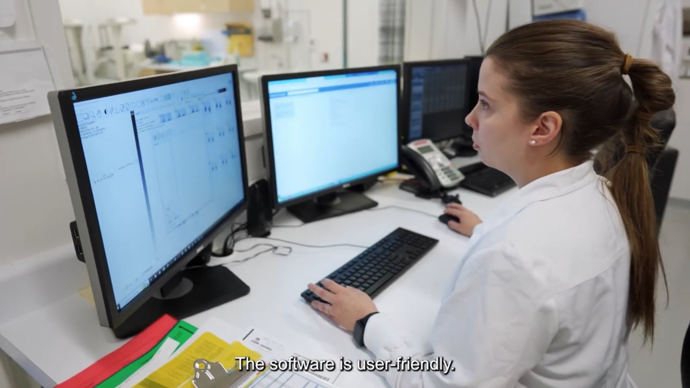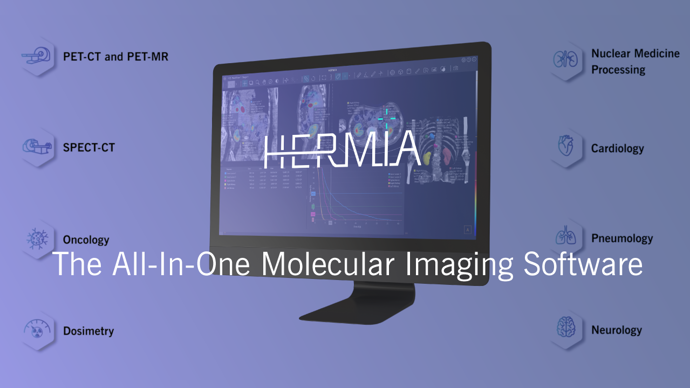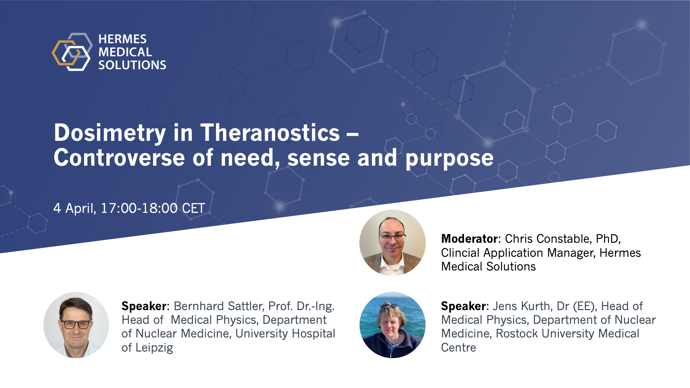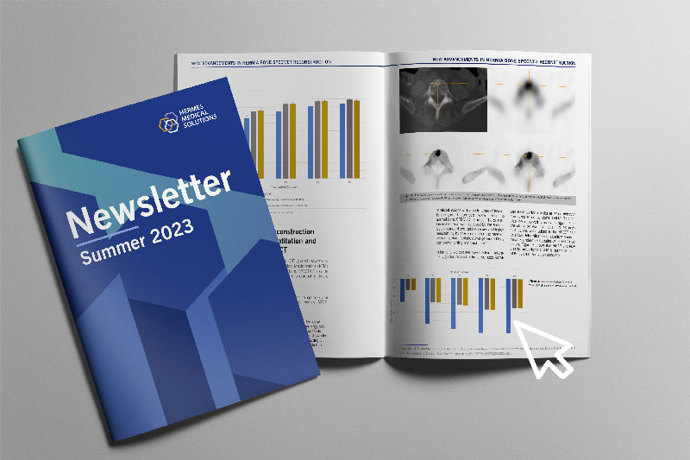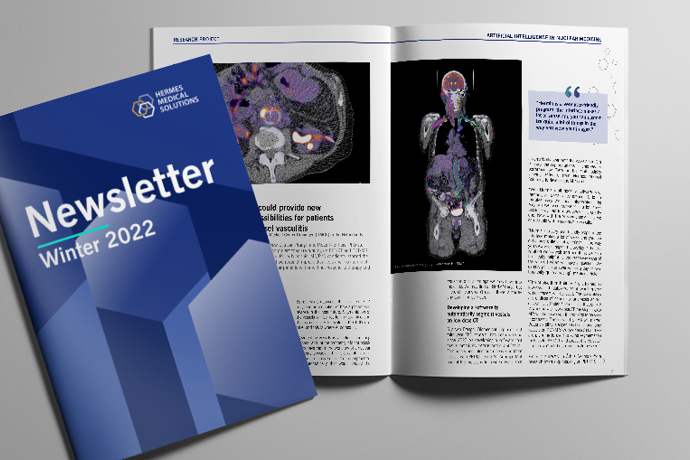Your hub to the latest Knowledge in Nuclear Medicine/Molecular Imaging
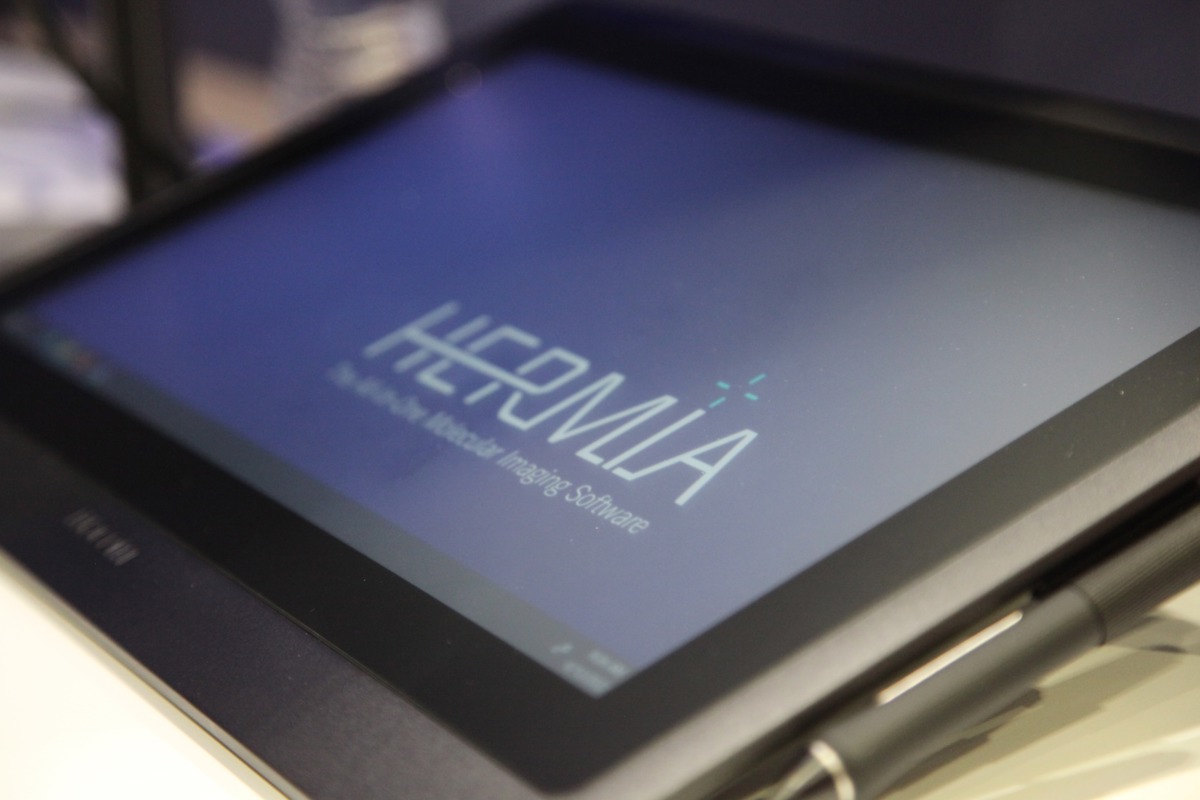
Press releases
Hermes Medical Solutions receives EU MDR certificate and CE marking for its medical software applications
Hermes Medical Solutions (HMS), a global market leader in molecular imaging and dosimetry software, has received its EU Medical Device Regulation (MDR) certificate. All upcoming releases of our software applications for Nuclear Medicine, Molecular Imaging and dosimetry are compliant with the new European legislation for medical devices software.
Hermes Medical Solutions releases a new version of the Hermia Multimodality Viewer software in North America
Hermes Medical Solutions (HMS), global market leader in molecular imaging and dosimetry software solutions, launches the latest version of its Hermia Multimodality Viewing Software, in Canada and in the USA.
Hermes Medical Solutions is happy to announce its donation of molecular imaging/nuclear medicine software to Regis College.
“We see it as part of our mission as a leading provider of Molecular Imaging Software to provide the future generation of nuclear medicine professionals with the latest tools, especially as this area of medicine is evolving at a rapid pace and needs to attract specialized professionals,” said Tom Francke, CEO at Hermes Medical Solutions.
Scientific publications
Bone marrow dosimetry in low volume mHSPC patients receiving Lu-177-PSMA therapy using SPECT/CT
Bone marrow toxicity in advanced prostate cancer patients who receive [Lu-177]Lu-PSMA-617 is a well-known concern. In early stage patients; e.g. low volume metastatic hormone sensitive prostate cancer (mHSPC) patients, prevention of late bone marrow toxicity is even more crucial due to longer life expectancy. To date, bone marrow dosimetry is primarily performed using blood sampling. This method is time consuming and does not account for possible active bone marrow uptake. Therefore other methodologies are investigated. We calculated the bone marrow absorbed dose for [Lu-177]Lu-PSMA-617 in mHSPC patients using SPECT/CT imaging and compared it to the blood sampling method as reference.
Internal dosimetry study of [Rb-82]Cl using a long axial field-of-view PET/CT
Our study suggests that the radiation dose associated with [Rb-82]Cl PET/CT can be assessed by means of dynamic LAFOV PET and that it is lower compared to literature values.
Anatomically guided reconstruction improves lesion quantitation and detectability in bone SPECT/CT
Bone single-photon emission computed tomography (SPECT)/computed tomography (CT) imaging suffers from poor spatial resolution, but the image quality can be improved during SPECT reconstruction by using anatomical information derived from CT imaging.
Brochures
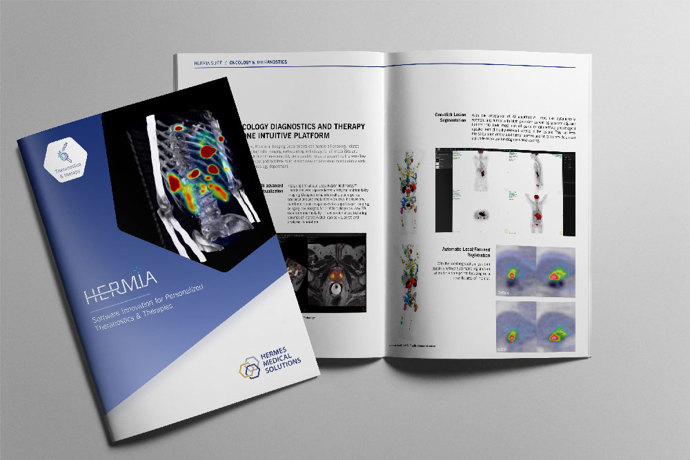
Theranostics Brochure
Brochure dedicated to the advanced tools for Theranostics and Therapies within the Hermia software.
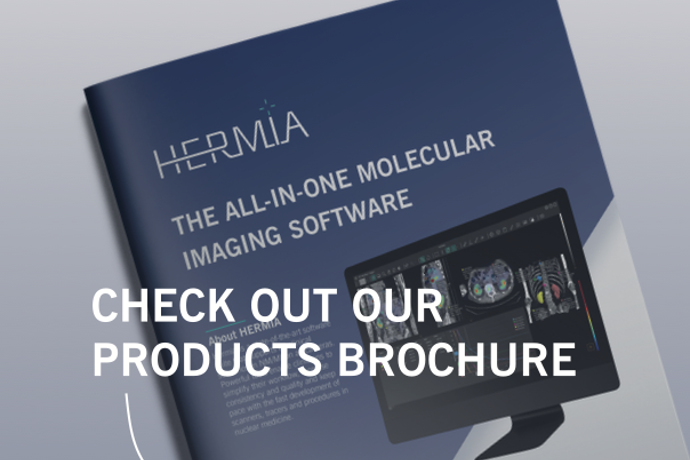
Hermia product overview
Product overview of Hermia, a state-of-the-art software suite that supports all clinical scenarios in NM/MI on all cameras.
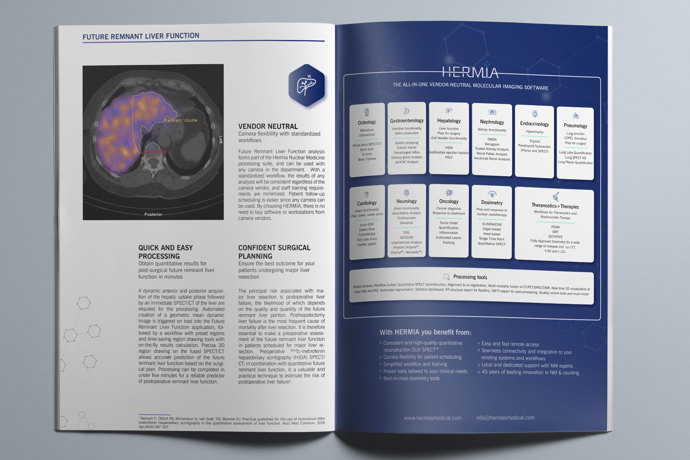
Future Liver Remnant Function
Ensure the best outcome for your patients undergoing major liver resection
White papers
Hermia SPECT Reconstruction
The quality of SPECT imaging is reduced by photon attenuation, resolution loss due to collimator-detector blur, photon scatter, and noise. All these factors limit both the visual quality and quantitative power of SPECT images. Hermia SPECT Reconstruction provides methods to compensate for the effects of the aforementioned four factors by modelling them in iterative reconstruction.
Hermia Advanced Bone SPECT Reconstruction
Our easy-to-use software enables precise determination of reconstruction parameters, and we are proud to be able to offer two Bayesian reconstruction algorithms to optimise your bone SPECT/CT images: AMAP-Smooth and AMAP-RDP.
